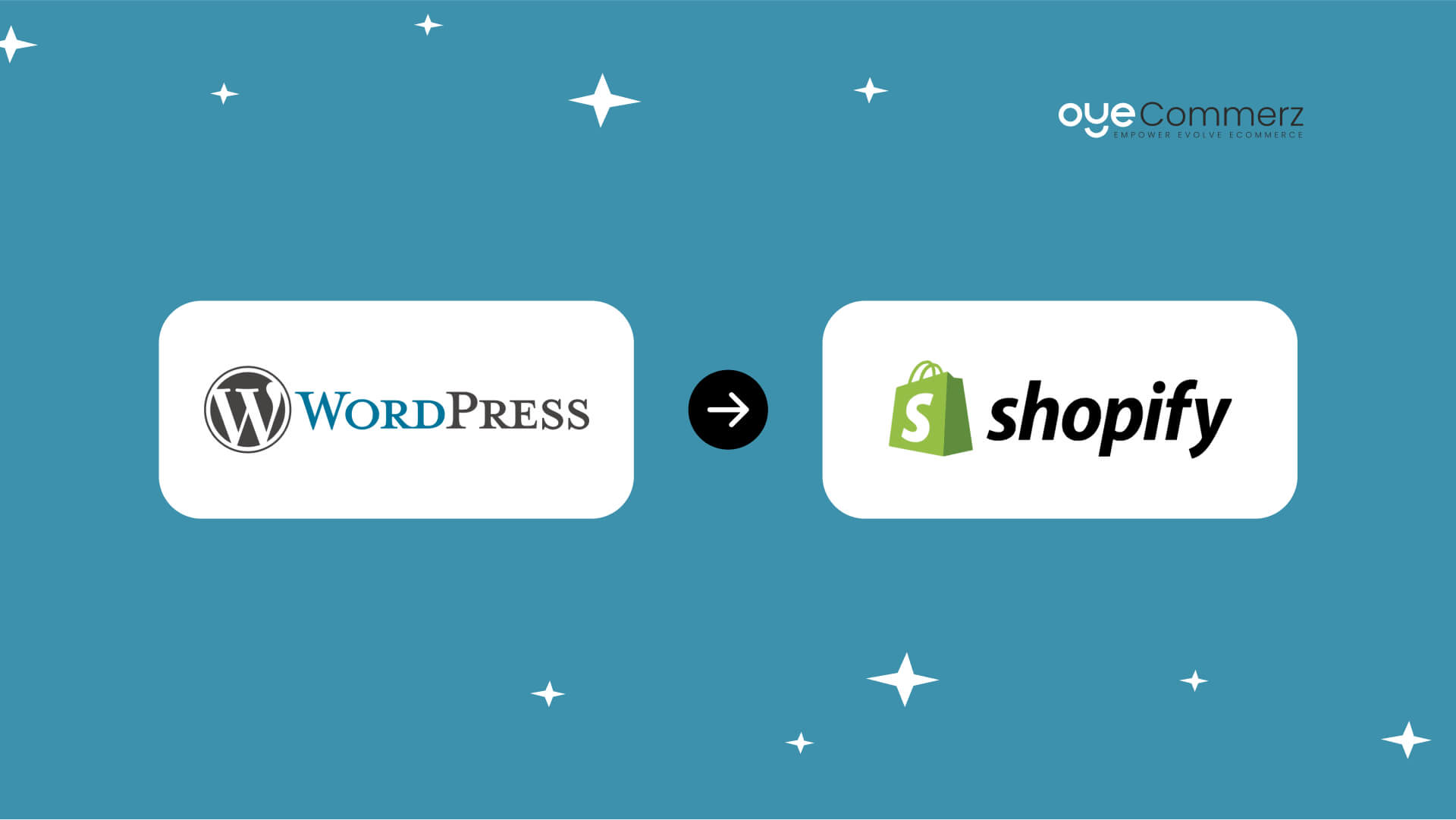Transitioning from WordPress to Shopify marks an exciting step in streamlining your e-commerce processes. As businesses grow, selecting a platform that supports scalability, UX, and flexibility becomes crucial. Shopify is widely recognized as a favorite for e-commerce professionals, offering unmatched adaptability, data protection, and ease of use. In this guide, we’ll explore the transformative impact of this migration, discuss the benefits, and share actionable steps to ensure a seamless transition.
1. Top Reasons to Transition from WP to Shopify
The combination of WordPress and WooCommerce, has served countless online stores. However, as businesses scale, challenges like reliance on plugins, data risks, and technical complexities can hinder growth. Shopify, specifically created for digital retail, eliminates these concerns with an comprehensive, user-friendly platform. Statistics back this shift—Shopify powers over 4.4 million websites globally, with a documented 10% increase in sales conversion rates for many businesses post-switch.
2. Shopify's Advantages for Thriving Online Stores
Shopify’s robust ecosystem is tailored for scaling businesses. Its standout features are:
- Seamless Customization: Shopify provides over 80 professionally designed themes.
- Built-in Features: Capabilities such as Shopify Payments and built-in SEO save time and effort.
- International Expansion: Currency versatility and localization features enable brands to reach global markets.
Additionally, Shopify boasts an availability percentage of 99.98%, guaranteeing your store remains accessible.
3. Getting Ready for Your WordPress-to-Shopify Transition
Prior to starting the migration process, evaluate your existing setup. Review inventory details, customer details, and SEO performance. Tools like Shopify’s Migration Kit or third-party solutions can simplify this process. Create a comprehensive plan, ensuring all assets—product descriptions, images, and blog content—are ready for seamless import.
4. Data Migration: A Critical Step
Transferring your data forms the foundation for a smooth platform switch. When moving from WP to Shopify, focus on:
- Inventory Details: SKU, Shopify data transfer services item summaries, and categories.
- Customer Data: Emails, order history, and custom fields.
- Search Engine Considerations: Retain meta tags, URLs, and forwarding paths to maintain search rankings.
Leverage tools such as LitExtension to facilitate seamless migration while minimizing errors.
5. Customizing Your Shopify Store
Post-migration, customizing your Shopify store ensures it reflects your business identity. Take advantage of Shopify’s drag-and-drop editor to design pages effortlessly. Shopify's themes are optimized for all devices, providing a smooth user experience across platforms—a key point, since 74% of online shopping is generated by mobile visitors.
6. Maintaining SEO During Migration
SEO is vital for maintaining your visibility during migration. Shopify is highly optimized for search engines with clean URL structures, built-in optimization tools, and seamless blog integration. Make sure you:
- Implement 301 redirects for old URLs.
- Enhance updated content with targeted phrases.
- Leverage plugins like Plug in SEO to monitor performance post-migration.
7. Essential Tests After Migrating to Shopify
Once the migration is complete, run detailed checks.
Review: - Page load times (Shopify delivers faster speeds in contrast with WP).
- Payment integration reliability and checkout processes.
- Adaptability across devices.
Quality assurance guarantees your store provides a smooth shopping journey from day one.
8. Case Study of a Successful Migration
One such migration success story is Gymshark, a sportswear company that transitioned to Shopify. Post-migration, the company saw a 60% increase in mobile sales and significantly lowered site downtime. This highlights the capabilities of Shopify SEO setup Shopify in driving online business success.
9. Challenges and Solutions
Migration is not without obstacles, such as information accuracy and adjusting tailored features. However, Shopify’s robust support and external professionals simplify the process. Collaborating with experienced Shopify developers helps guarantee a smooth transition.
10. Making the Switch: The First Step Toward Success
Switching from WordPress to Shopify represents a strategic decision to e-commerce. By addressing scalability, streamlining operations, and improving buyer satisfaction, Shopify enables companies to thrive in competitive markets.
Final Thoughts
Switching from WordPress to Shopify is a strategic move that can greatly enhance your e-commerce success. With a robust migration plan, the appropriate resources, and expert support, you can unlock new success milestones.
Excited to start the journey? Reach out today to learn how our Shopify migration services can transform your e-commerce platform. Get in touch today, or ask yourself: Can your business afford to miss out on Shopify’s growth potential?
